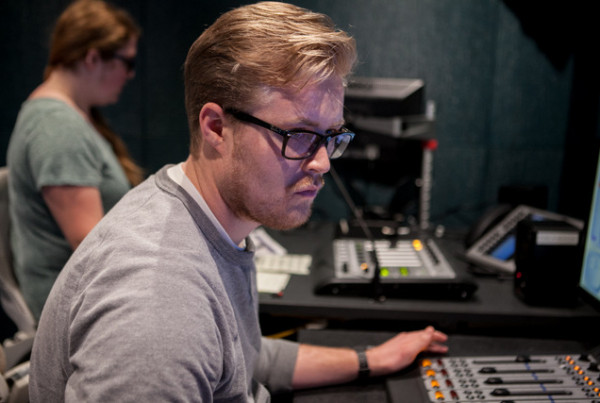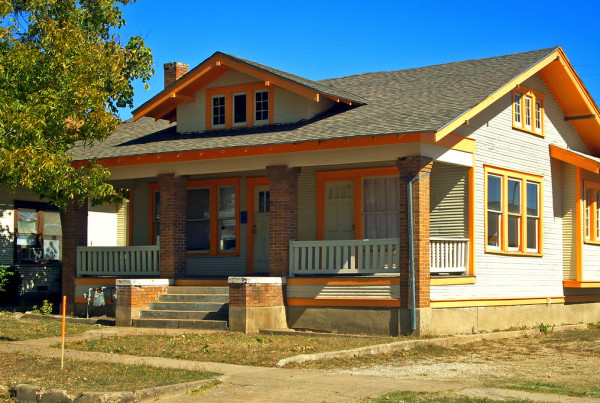This story originally appeared on KERA Breakthroughs.
When Kaitlyn Moore was 15, her mom would hook her up to a dialysis machine and she would get into bed at her home in Rockett. For eight hours the machine would clean her blood. Kaitlyn’s kidneys weren’t working.
“I hated dialysis,” the 17-year-old senior says. “I did not like it one bit.”
Kaitlyn was lucky, her aunt was healthy enough to donate a kidney. So, after eight months of dialysis, she had a transplant in August, 2013.
Now for some surgeries, little follow up is required. You get stitched and bandaged up, and you’re on your way. Transplants, they’re more complicated. And a lot more time consuming.
Going The Distance
Dr. Dev Desai is surgical director of transplant at Children’s Medical Center and associate professor at UT Southwestern. He says since Children’s is really the only pediatric transplant provider for North and West Texas, many of his patients, like Kaitlin, don’t live in Dallas. Some live as far away as El Paso, or Amarillo.
“After transplant, sometimes the families have to sort of split up,” Desai says. “Where the patient and the mother may stay in Dallas for one to two months in either a hotel or Ronald McDonald house, which creates a hardship for these families being split apart like that.”
He says monitoring a patient after a transplant means tests and check-ins several times a week.
Bringing The Checkup Home
Since March, kidney transplant patient Kaitlin Moore has been checking in with nurses and doctors in Dallas via video conferencing. Julie Hall-Barrow is running the pilot telemedicine program at Children’s. The goal is to send fifty patients home with tools that will help their doctors monitor their health remotely.
“A patient is sent home with a tablet, they’re sent home with a blood pressure cuff, they’re sent home with a pulse oximeter, which measures oxygen on their finger, and they’re sent home with a weight scale,” says Hall-Barrow.
Their “biometrics” are collected and that data is sent to the tablet, which is connected to nurses and doctors at Children’s in Dallas.
Sometimes, that connection isn’t so smooth, but for the most, Kaitlyn says the technology works well.
“It’s really cool,” she says. “ I don’t have to drive a long ways, it’s really convenient.”
An Opportunity To Save Organs, And Money
Convenient check ins and medication reminders aren’t just nice. Dr. Desai says they can save lives.
“One of the main reasons adolescents lose their organs or have to have second transplants is because of medication non-adherence,” Desai says.
Missing a dose is a big deal. Which is why Children’s is also looking into a Bluetooth pill device to let nurse know remotely when a patient has taken medicine.
“These patients are delicate they have a lot of medical issues,” says Dr. James Marcin, director of the telemedicine program at UC Davis Children’s Hospital in California. “To be able to extend the monitoring to their homes is going to be a benefit to them.”
Marcin says the use of telemedicine can can help identify problems before they become significant, reducing visits to the emergency department. Remote patient monitoring can also save money. The problem, Marcin says, is with insurance reimbursement for these virtual visits.
Texas Medicaid, for example, will only reimburse for remote patient monitoring under specific circumstances.
There are, however, several bills in the Texas House and Senate that would expand telemonitoring reimbursement. So more kids like Kaitlyn can spend time in the classroom instead of the waiting room.
*This use of telemedicine isn’t affected by the Texas Medical Board’s tough new rules that start in June.















